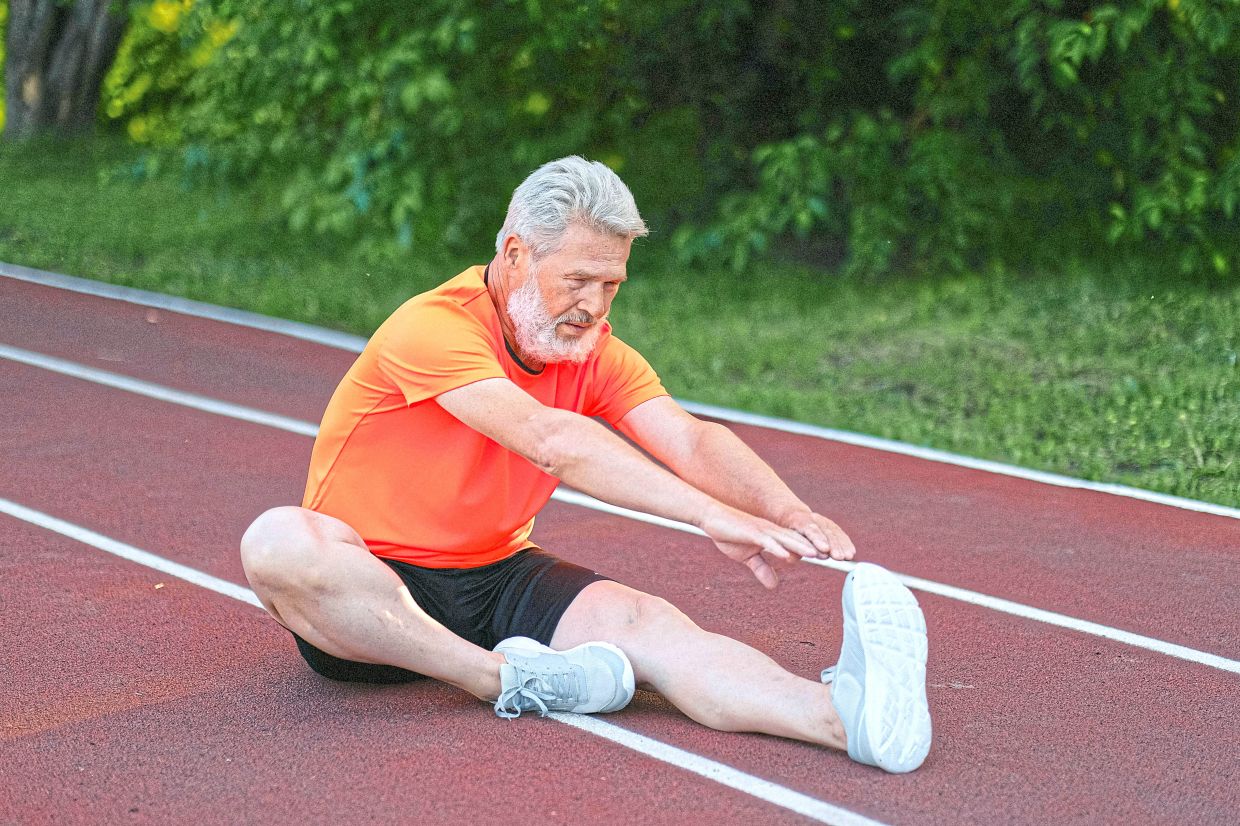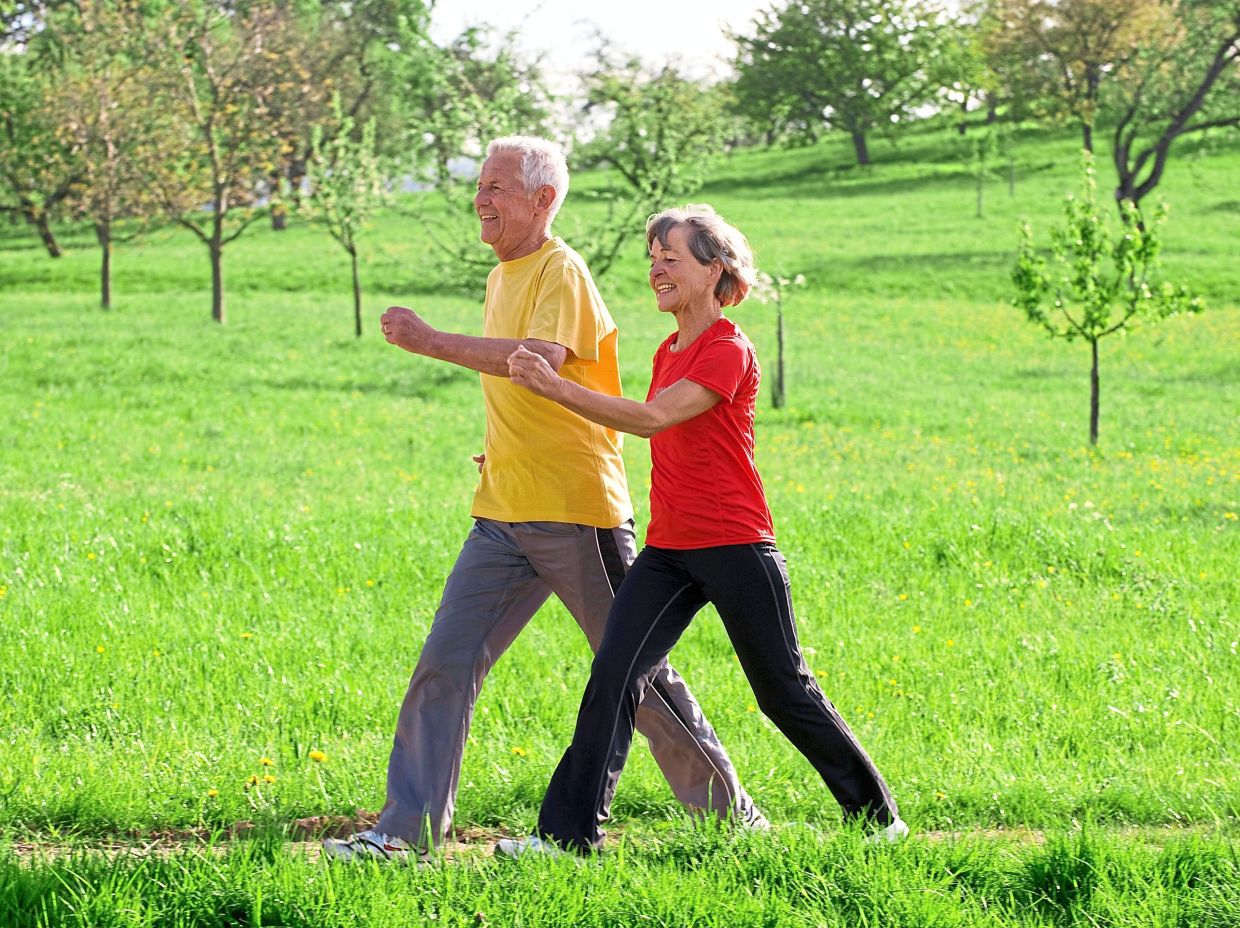Walking is the simplest form of movement.
It’s convenient, accessible and comes to humans naturally – we do it without thinking.
Our skeletal structure, muscles, joints and even internal organs are optimised for bipedal locomotion.
The way our spine curves, the shape of our pelvis and the alignment of our legs – all of these support efficient walking.
Yet, walking is often overlooked as a form of exercise although this activity stimulates nearly every system in the body, setting off a cascade of health-enhancing processes.
If you haven’t already heard, “Japanese walking” or high intensity interval walking training has been trending on social media and in the news lately.
It works on a similar principle to high-intensity interval training (HIIT), which has soared in popularity in recent years, promising all the health benefits in a shorter span of time compared to a traditional, longer workout.
This Japanese method alternates between three minutes of fast or brisk walking to get your heart rate up and three minutes of slow walking, where you walk at your natural pace, providing an opportunity for recovery.
You do five cycles of this for a total of 30 minutes, at least four days a week.
Originally developed in the early 2000s by Professor Hiroshi Nose and Associate Professor Shizue Masuki at Shinshu University in Matsumoto, Japan, this method was first introduced in Nagano Prefecture as part of a community health project to help people prevent lifestyle-related diseases such as obesity.
The researchers’ objective was to examine whether high-intensity interval walking training increased thigh muscle strength and peak aerobic capacity, and reduced blood pressure more than moderate-intensity continuous walking training.
What the study reveals
During the five-month study, 60 men and 186 women with an average age of 63 were randomly divided into three groups: no walking training, moderate-intensity continuous walking training, and high-intensity interval walking training.
Participants in the moderate- intensity continuous walking training group were instructed to walk at approximately 50% of their peak aerobic capacity, using a pedometer to verify that they took 8,000 steps or more per day for four or more days per week.
Those in the high-intensity interval walking training group, who were monitored by accelerometers (a sensor that measures acceleration), were instructed to repeat five or more sets of three-minute low-intensity walking at 40% of peak aerobic capacity followed by three-minute high-intensity walking above 70% of peak aerobic capacity, for a similar duration as the first group.
Participants in the high-intensity interval walking group showed superior improvements in resting blood pressure, lower-limb muscle strength and VO2 max, the maximum amount of oxygen your body can utilise during exercise.
V02 max is a key indicator of cardiovascular fitness and aerobic endurance.
The 2007 study, which was published in the journal Mayo Clinic Proceedings, also showed this group saw up to 17% improvement in knee extension/flexion and lost an average of 3-5kg over the five months.
A longer-term study by the same researchers in 2018 found that engaging in Japanese walking over 10 years also protected against age-associated declines in leg strength and fitness.
They also discovered that even if participants dropped out along the way, the effect was partially preserved. Make sure you have a good pair of walking shoes, and tie those shoelaces up properly before starting your walk. — Photos: Pexels
Make sure you have a good pair of walking shoes, and tie those shoelaces up properly before starting your walk. — Photos: Pexels
Easy to do
Today, Japanese of all ages are proponents of high-intensity interval walking and although it has been 18 years since the first study was published, interest in it has suddenly exploded globally.
The method requires only indoor or outdoor space (a flat surface is adequate) for walking, a stopwatch, good shoes, little planning and no guidance.
It’s less time-consuming than other walking targets, such as achieving 10,000 steps a day, so perhaps this explains the current craze.
Does this work for everyone?
Not necessarily, as it depends on where you are in your fitness journey.
If you are already logging in hours of running or doing other forms of exercise, you are not going to reap any benefits from this Japanese method.
However, it’s ideal for older people, those who are just embarking on a fitness routine and super busy individuals, who can’t seem to sneak in time to exercise.
No matter your age, it’s never too late to start.
Begin by walking slowly to warm up your muscles.
Using a watch with a timer is ideal for tracking your intervals, but a phone works just as well if that’s the only gadget you possess. Stretching provides significant benefits, including improved flexibility and range of motion; it also enables longer, smoother and faster strides when walking.
Stretching provides significant benefits, including improved flexibility and range of motion; it also enables longer, smoother and faster strides when walking.
If five cycles is too long, break it up into three segments throughout the day – perhaps one cycle in the morning (six minutes) and two cycles (12 minutes each) in the afternoon and evening, for a total of 30 minutes.
Schedule your walks so they become a natural part of your day, rather than something that gets pushed aside.
If you can’t get your heart pumping, swing your arms higher or take shorter, quicker steps instead of longer strides.
You should still be able to hold a conversation at this pace but obviously, you should not be able to sing Walk Like An Egyptian!
Whatever you do, you have to be consistent to see results.
As with any exercise, safety is key.
Before rushing outside to try Japanese walking, consult your doctor if you have medical or orthopaedic issues and stop immediately if you experience pain.
Bear in mind that while walking has bountiful benefits, you still have to partake in some resistance or weight training to combat muscle and bone loss; stretching to maintain mobility; and balancing exercises to reduce the risk of falls and injuries as you age.
Together, they provide a well-rounded approach to fitness that enhances overall physical and mental health.
Revathi Murugappan is a certified fitness trainer who tries to battle gravity and continues to dance to express herself artistically and nourish her soul. For more information, email starhealth@thestar.com.my. The information contained in this column is for general educational purposes only. Neither The Star nor the author gives any warranty on accuracy, completeness, functionality, usefulness or other assurances as to such information. The Star and the author disclaim all responsibility for any losses, damage to property or personal injury suffered directly or indirectly from reliance on such information.

